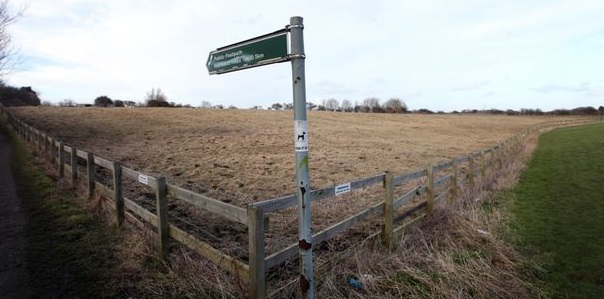
Theft is one of the most common offences that courts deal with – more than 91,000 offenders were sentenced last year. The guidelines will apply to the full range of theft offences, such as shop theft, pick-pocketing, handling stolen goods, stealing by employees or care workers and abstraction of electricity.
For the first time, the courts will have comprehensive guidance to help them to sentence the great variety of offending and offenders that come before them. Until now, some common types of theft such as theft of a motor vehicle or bicycle, have had to be sentenced using guidelines for similar offences – these guidelines now bring together specific guidance on these offences.
While the value of items stolen remains an important factor in sentencing these offences, the guidelines will bring a clear focus on the impact of thefts on victims beyond financial loss. These offences can cause emotional distress, loss of confidence and great disruption and inconvenience. The guidelines take account of this and set out a comprehensive assessment of the harm to the victim.
The guidelines also set out for the first time that if an offence involves the theft of historic objects or the loss of the nation’s heritage, this can make an offence more serious. This could include damage to war memorials when thieves steal metal plaques from them, or even theft of objects from an historic shipwreck.
Other factors making an offence more serious under the new guidelines include thefts that risk harm to people. This would include offences where electrical cables are stolen, which present an obvious danger of injury to the public.
Welcoming the new guidelines, Mark Harrison, National Policing and Crime Adviser for Historic England said:
“The value of England’s heritage can’t be judged in pounds and pence. The impact of theft on our historic sites and buildings has far-reaching consequences over and above the financial cost of what has been stolen. Heritage crime comes in many forms. When thieves steal metal from heritage assets, such as listed churches, artefacts from the ground or historic stonework from an ancient castle, they are stealing from all of us and damaging something which is often irreplaceable.”
“The new guidelines will help the courts identify all the relevant factors to include in their sentencing decisions in relation to heritage crime including ‘going equipped to steal,’ ‘the act of theft’ and ‘handling stolen goods’. It will also aid Historic England’s work with the Police and Crown Prosecution Service in bringing theft cases to court where it involves loss and damage to a significant ‘heritage asset’.”
Commenting on new sentencing guidelines for theft offences, CLA Midlands regional director Caroline Bedell said:
“These new guidelines, which both clarify and simplify sentencing, are especially welcome in rural areas where the consequences of theft go far beyond the financial value of the items taken, causing considerable distress and hardship.
“The new recommendations acknowledge this, and I can only hope that sentences begin to reflect the nature of crime and act as a greater deterrent.
“Metal theft might seem trivial compared with other crime, but a stolen farm gate can lead to escaped livestock putting life and limb at risk. Theft of copper power cable or roof lead, bring their own, obvious, dangers, and a loss of power or communication as a result of stolen equipment can put a rural business out of action and livestock at further risk.
“Theft at heritage properties is a particular problem in rural areas and often the items taken are irreplaceable – to the owner as well as the nation - so it is absolutely right that the punishment should fit the crime, in the wider sense.”
